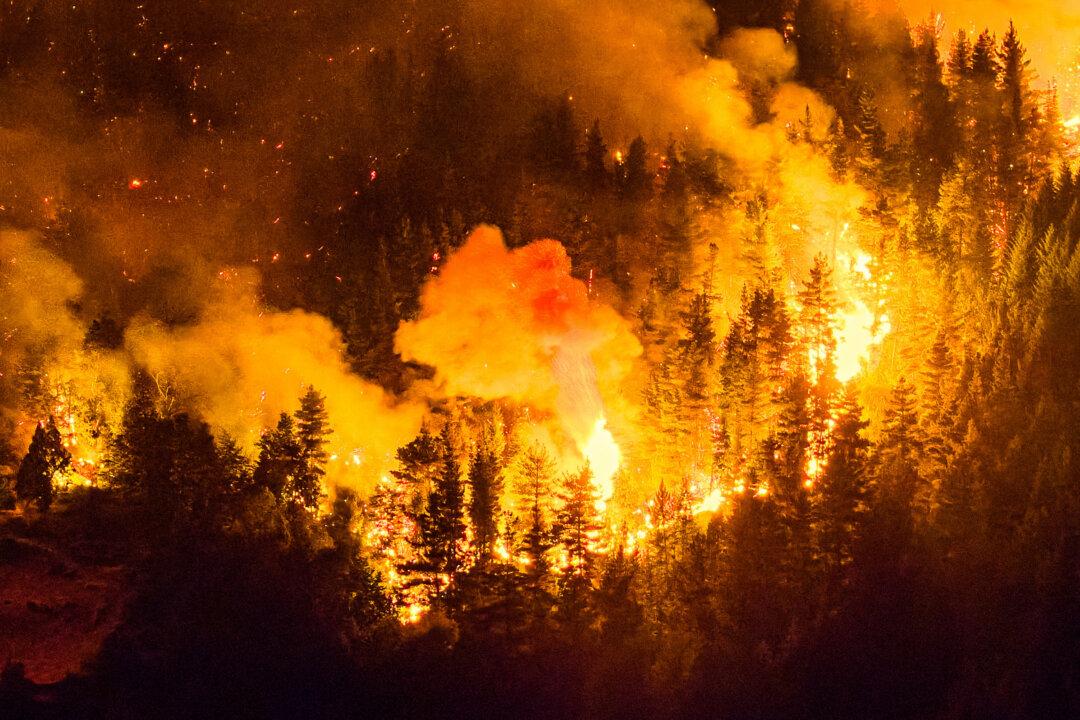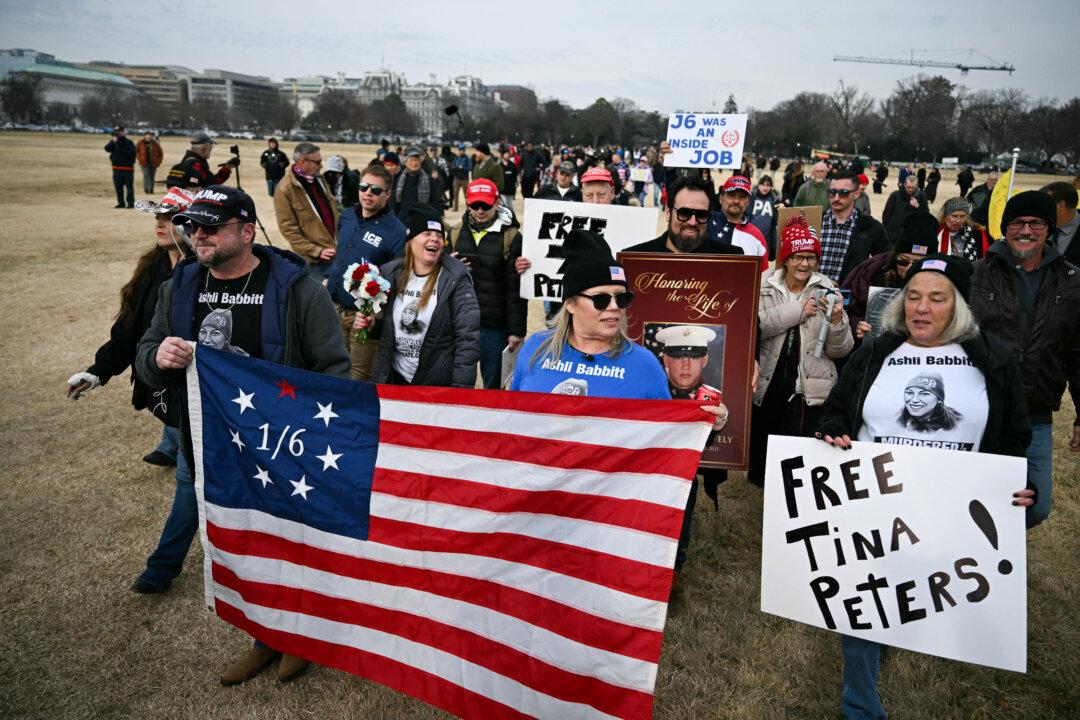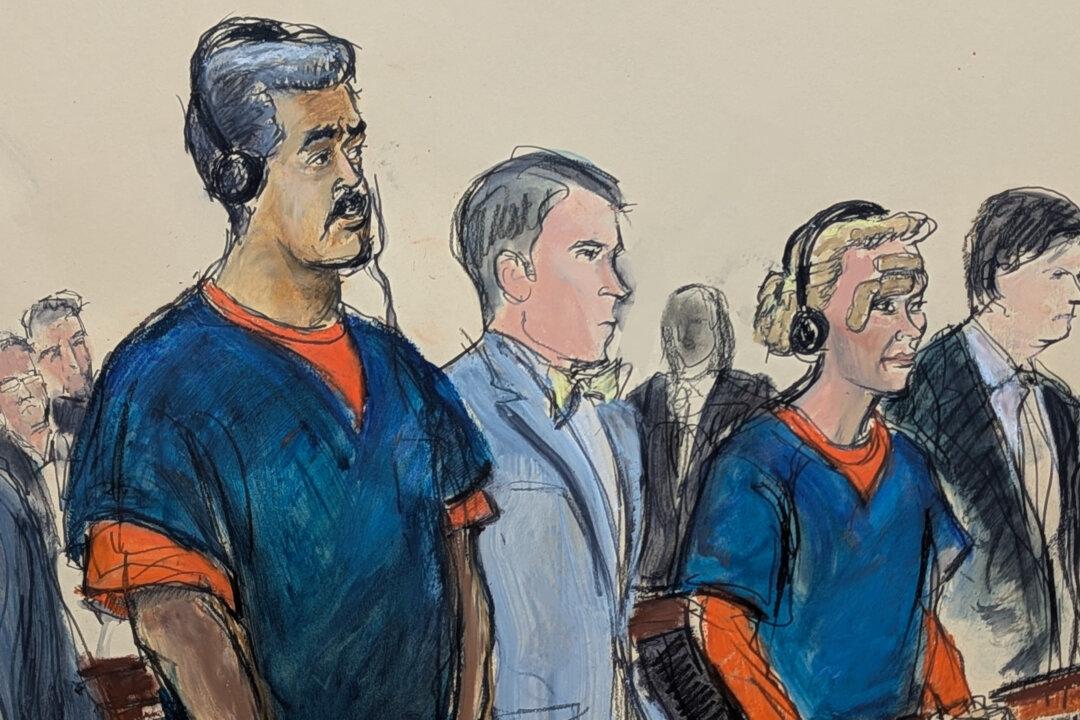When Health Minister Patty Hajdu was asked by a reporter during a press conference if the number of COVID-19 cases and deaths coming out of China can be trusted, she replied that Ottawa has no reason to believe China’s numbers are falsified.
The question was raised on April 2 in light of a Bloomberg report saying U.S. intelligence officials have advised the White House that Beijing covered up the extent of the CCP virus outbreak in China.





